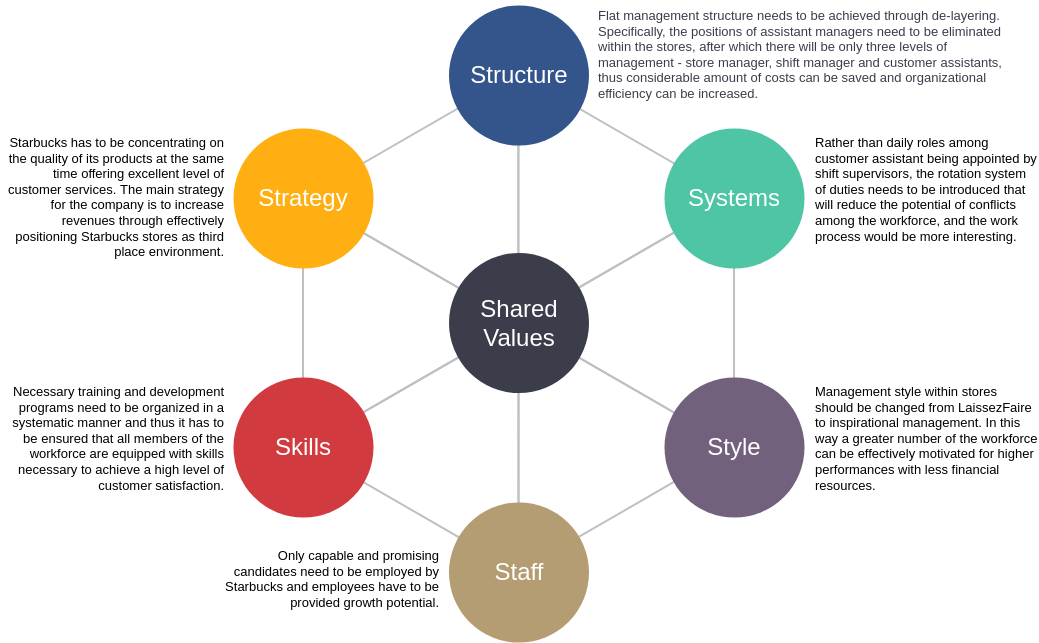
McKinsey 7S Model Comprehensive Guide Visual Paradigm Blog
The McKinsey 7-S Model evaluates organizational design by considering seven key elements: Structure, Strategy, Skill, System, Shared Values, Style, and Staff. Alignment and mutual reinforcement of these elements are crucial for successful organizational performance. The model helps identify areas for realignment and improve performance during.

Mckinsey 7s Framework Pdf
The 7-S framework is used to define and analyse the essential elements of an organisation. The model views an organisation in a holistic manner, with seven interconnected components. The McKinsey 7-S Framework. These seven elements are mutually supportive and must therefore be fully aligned for an organisation to be effective.
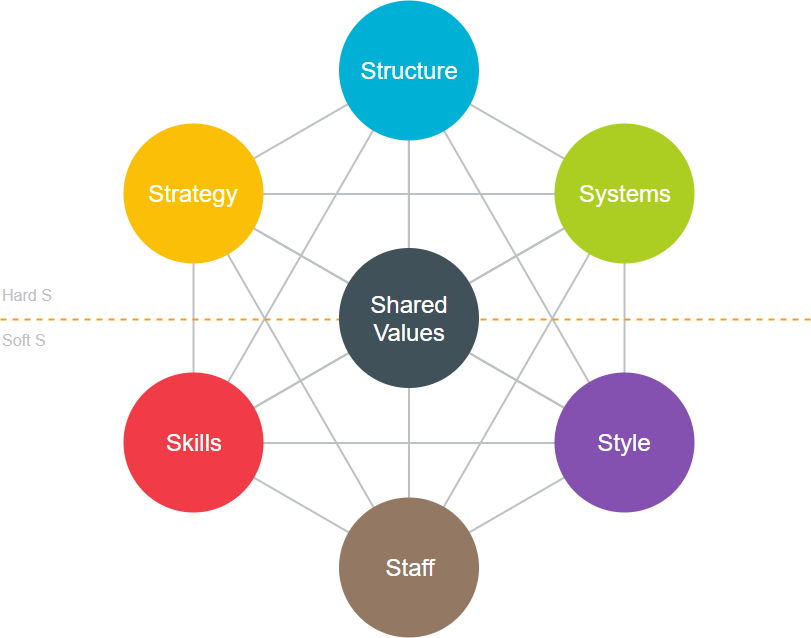
McKinsey 7S Model Comprehensive Guide Visual Paradigm Blog
The Easy Guide to the McKinsey 7S Model. Although invented in the late 1970s, the McKinsey 7S model still helps businesses of all sizes succeed. A conceptual framework to guide the execution of strategy. In this guide, we'll walk you through the 7S of the McKinsey Framework and how to apply it to evaluate and improve performance.
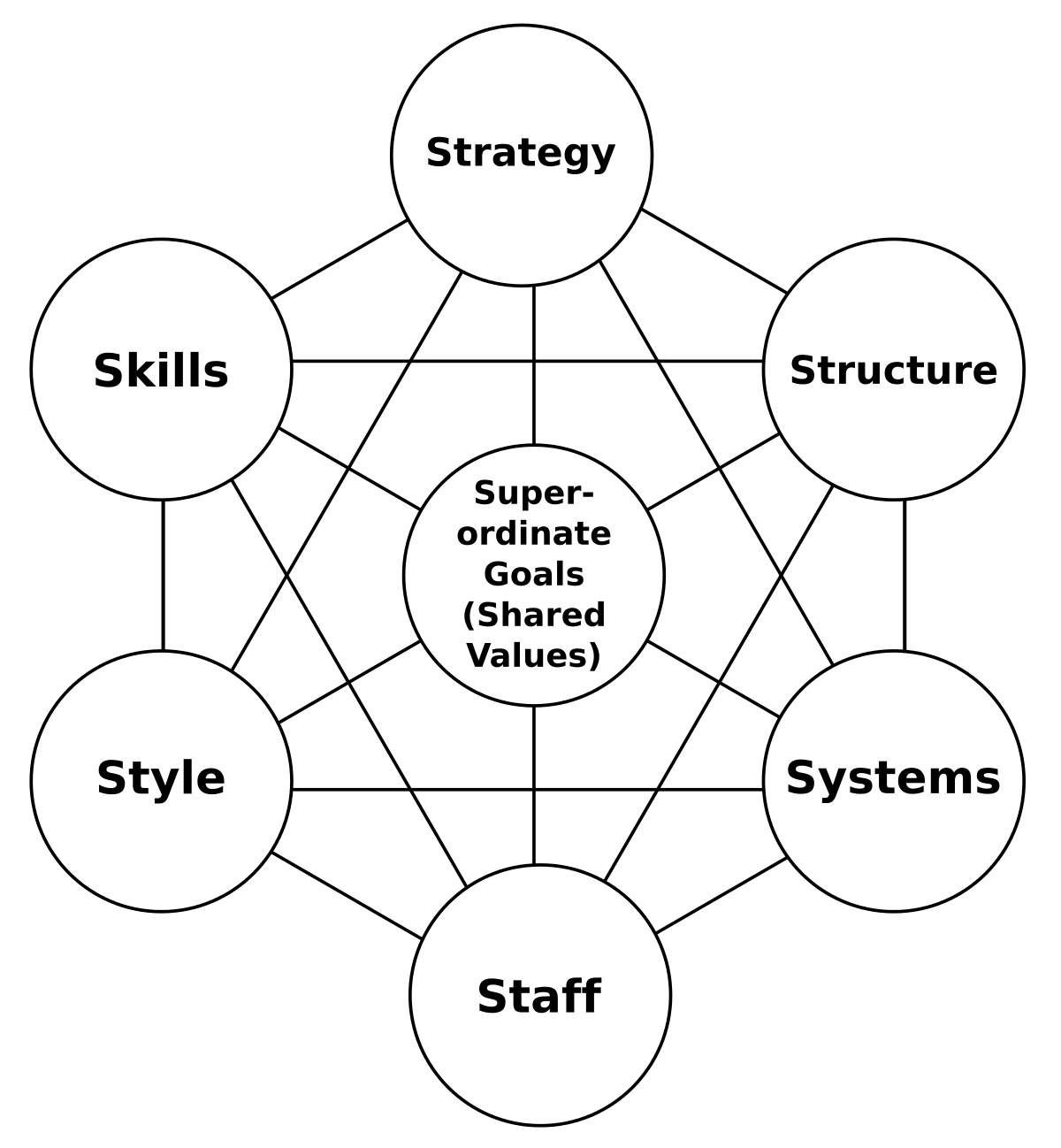
Mckinsey 7s Framework Example Advantages and Disadvantages of Mckinsey 7s 2023
Definition of the McKinsey 7S Model. McKinsey 7S model is a tool that analyzes company's organizational design by looking at 7 key internal elements: strategy, structure, systems, shared values, style, staff and skills, in order to identify if they are effectively aligned and allow the organization to achieve its objectives.

McKinsey 7S Model Analyst Zone
The McKinsey 7S Model refers to a tool that analyzes a company's "organizational design.". The goal of the model is to depict how effectiveness can be achieved in an organization through the interactions of seven key elements - Structure, Strategy, Skill, System, Shared Values, Style, and Staff. The focus of the McKinsey 7s Model lies.

McKinsey's 7S Model Oxford College of Marketing
What is the McKinsey 7-S Model? McKinsey's 7-S Change Management Model, also commonly referred to as the McKinsey 7-S Framework, is a popular change management model that was developed in the 1980s by McKinsey consultants James L. Heskett, John P. Kotter, and Leonard A. Schlesinger while working with the executives of the companies facing various difficulties from struggling sales to new.
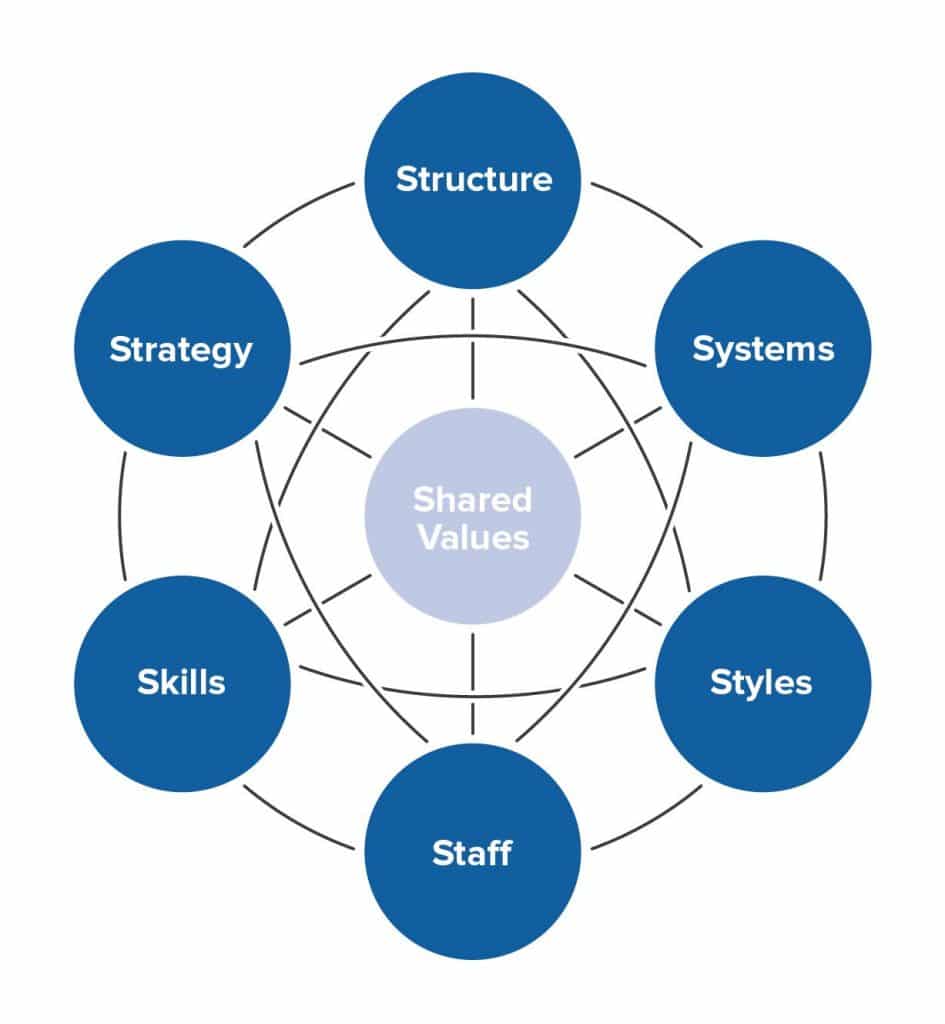
Models The McKinsey 7S Framework Sergio Caredda
In the 1980s, three McKinsey consultants, Tom Peters, Robert Waterman, and Julien Philips created a tool that would prove to be one of the best tools to examine organizational design—the McKinsey 7S Model. They created a list of seven internal factors that determine an organization's efficiency, which is as follows: Strategy. Structure. Systems.

McKinsey 7S change model ChangeQuest
Models of organizational effectiveness go in and out of fashion, but the McKinsey 7-S framework has stood the test of time. The model was developed in the late 1970s by Tom Peters and Robert Waterman, former consultants at McKinsey & Company. They identified seven internal elements of an organization that need to align for it to be successful.
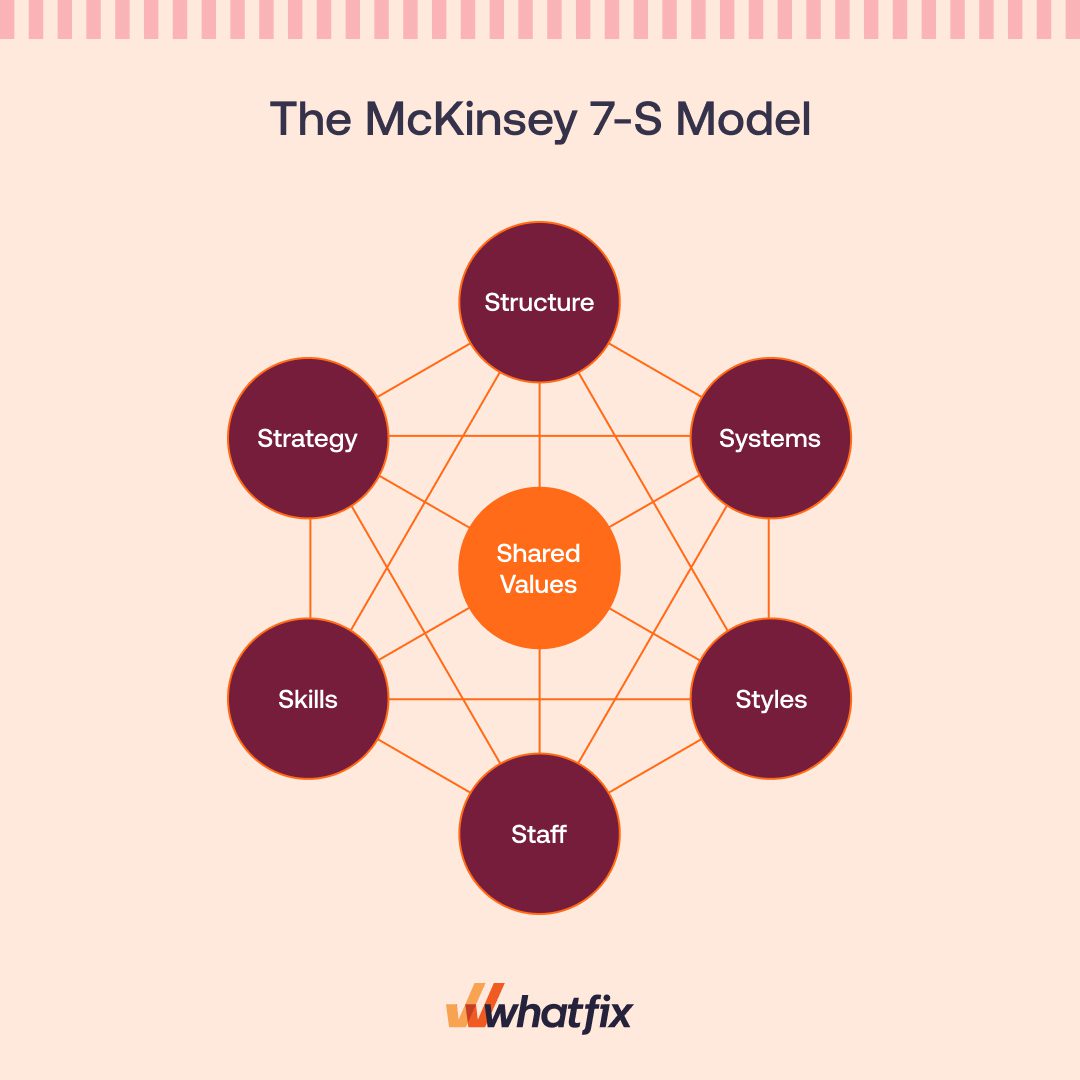
The McKinsey 7S Model Framework, Explained (2023) Whatfix (2023)
Visual representation of the model. The McKinsey 7S Framework is a management model developed by business consultants Robert H. Waterman, Jr. and Tom Peters (who also developed the MBWA-- "Management By Walking Around" motif, and authored In Search of Excellence) in the 1980s.This was a strategic vision for groups, to include businesses, business units, and teams.
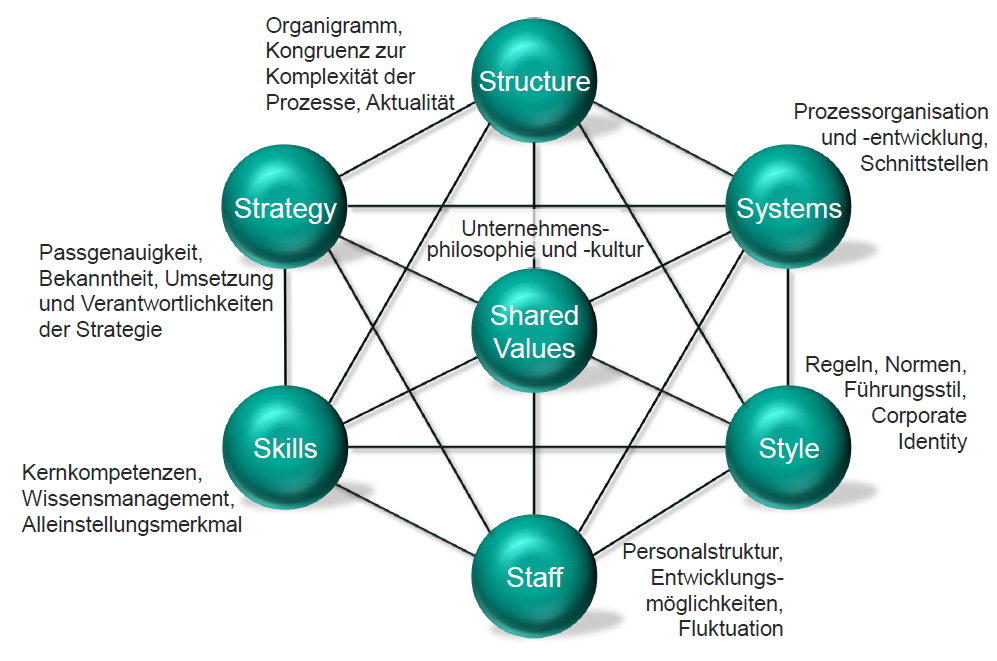
7SFaktorenmodell von McKinsey BWL Brückenkurs Repetico
The McKinsey 7-S Model is a change framework based on a company's organizational design. It aims to depict how change leaders can effectively manage organizational change by strategizing around the interactions of seven key elements: structure, strategy, system, shared values, skill, style, and staff.. The model highlights that there exists a domino effect when any one element is transformed.
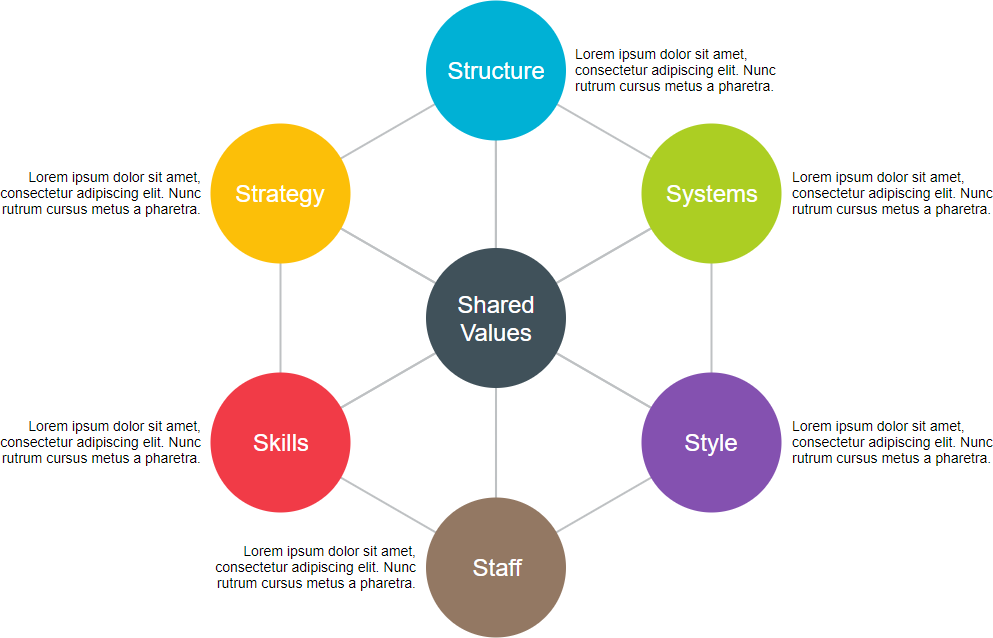
McKinsey 7S Model Measure How Well Your Organisation is Positioned?
McKinsey 7S Model: The McKinsey 7S Model is a framework for organizational effectiveness that postulates that there are seven internal factors of an organization that need to be aligned and.
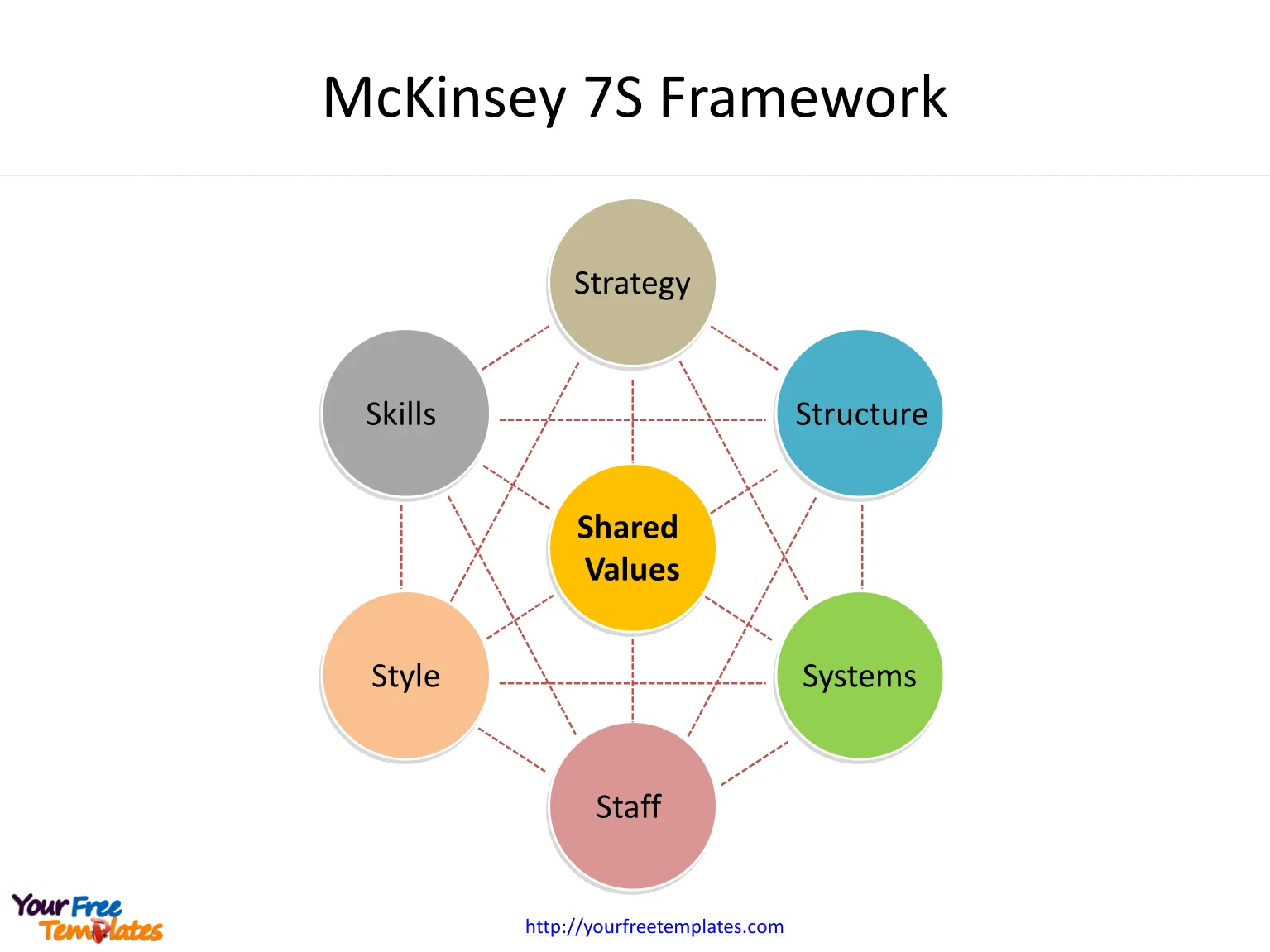
7s Model Uitgewerkt Voorbeeld
Factory digital twins are becoming a highly sought-after technology to solve these problems, the survey found. Across industries, 86 percent of respondents said a digital twin was applicable to their organization. Some 44 percent said they have already implemented a digital twin, while 15 percent were planning to deploy one (Exhibit 1). Exhibit 1.

The McKinsey 7S Framework with Related Examples, Templates and Tools Visual Paradigm Blog
The 7 S Model - Summary and Application. 28th October 2014 by Dagmar Recklies. The 7 S Model is better known as McKinsey 7 S. This is because the two persons who developed this model, Tom Peters and Robert Waterman, have been consultants at McKinsey & Co at that time. Thy published their 7 S Model in their article "Structure Is Not.

7Smodel Managementmodellensite
Understanding the McKinsey 7-S Model. McKinsey's model applies to any situation where it is important to understand how the various parts of an organization interact with each other.. Within these interactions are the seven internal elements that McKinsey named, divided into categories, and classed as either "hard" or "soft".
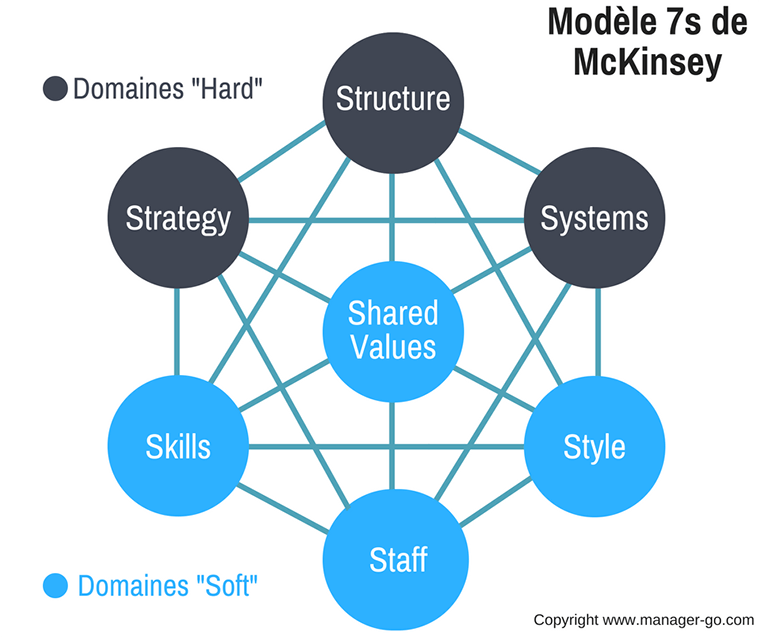
Framework 7S de McKinsey alignez votre entreprise
The McKinsey 7S Model argues that organizational effectiveness requires more than having an organizational structure and chain of command controlling the achievement of a company's strategic plans. The model maps seven interacting factors critical in achieving effectiveness in any organization: Structure, Strategy, Staff, Systems, Skills.
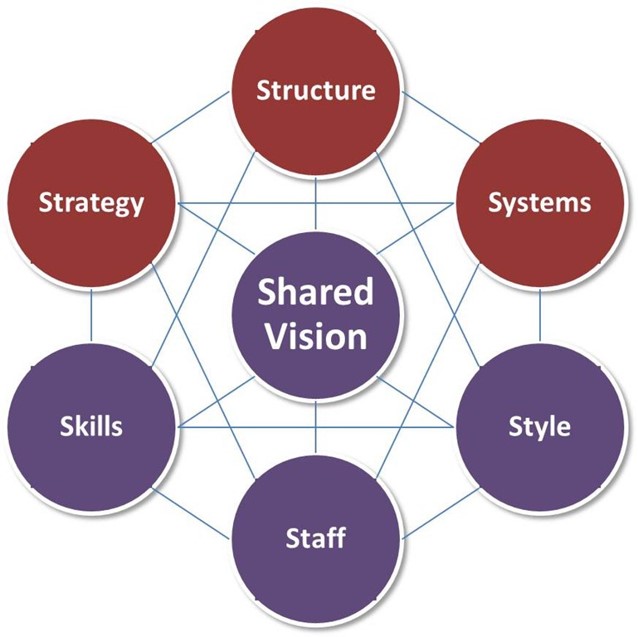
McKinsey7Sframework CioPages
The McKinsey 7S Model is a change management tool for analyzing organizational design, alignment, and performance. It offers a simplified method of identifying organizational gaps, inconsistencies, and conflicts. Additionally, it is useful for mapping out various types of change initiatives in complex environments.